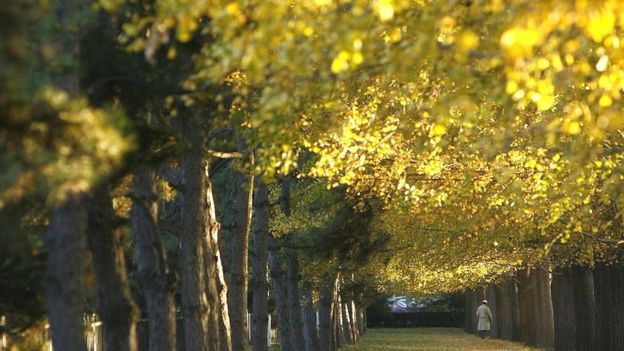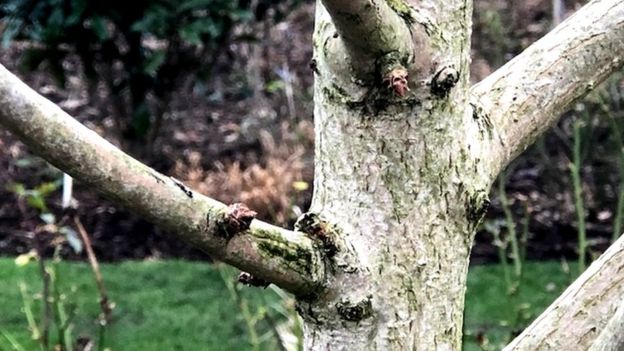Thursday, December 31, 2020
Tuesday, December 29, 2020
Sunday, December 27, 2020
Saturday, December 26, 2020
Friday, December 25, 2020
Sunday, December 20, 2020
Saturday, December 19, 2020
Friday, December 18, 2020
Thursday, December 17, 2020
Wednesday, December 16, 2020
Tuesday, December 15, 2020
Wednesday, December 09, 2020
Tuesday, December 08, 2020
Sunday, December 06, 2020
Saturday, December 05, 2020
Friday, December 04, 2020
Wednesday, December 02, 2020
Tuesday, December 01, 2020
Sunday, November 29, 2020
Saturday, November 28, 2020
Friday, November 27, 2020
Thursday, November 26, 2020
Wednesday, November 25, 2020
Thursday, November 19, 2020
Wednesday, November 18, 2020
Saturday, November 14, 2020
Friday, November 13, 2020
Tuesday, November 10, 2020
Monday, November 09, 2020
Sunday, November 08, 2020
Wednesday, November 04, 2020
Tuesday, November 03, 2020
Wednesday, October 28, 2020
Tuesday, October 27, 2020
Saturday, October 24, 2020
Friday, October 23, 2020
Tuesday, October 20, 2020
Monday, October 12, 2020
Friday, October 09, 2020
Tuesday, October 06, 2020
Monday, October 05, 2020
Sunday, October 04, 2020
Thursday, October 01, 2020
Wednesday, September 30, 2020
Tuesday, September 22, 2020
Sunday, September 20, 2020
Thursday, September 17, 2020
Wednesday, September 16, 2020
Sunday, August 30, 2020
Saturday, August 29, 2020
Thursday, August 27, 2020
Tuesday, August 25, 2020
Sunday, August 23, 2020
Friday, August 21, 2020
Friday, August 14, 2020
Wednesday, August 05, 2020
Saturday, July 25, 2020
Thursday, July 23, 2020
Wednesday, July 22, 2020
Tuesday, July 21, 2020
Monday, July 20, 2020
Saturday, July 18, 2020
Thursday, July 02, 2020
Wednesday, June 24, 2020
Friday, June 19, 2020
Tuesday, June 09, 2020
Eagles - "Hotel California" (Live acoustic - 1994)
Eagles - "Hotel California" (Live acoustic - 1994)
Saturday, June 06, 2020
Friday, June 05, 2020
Wednesday, June 03, 2020
Sunday, May 31, 2020
Friday, May 29, 2020
Thursday, May 28, 2020
Wednesday, May 27, 2020
Saturday, May 23, 2020
Thursday, May 21, 2020
Tuesday, May 19, 2020
Thursday, May 14, 2020
Sunday, May 10, 2020
Saturday, May 09, 2020
Tuesday, May 05, 2020
Tuesday, April 28, 2020
Sunday, April 26, 2020
Tuesday, April 21, 2020
Monday, April 20, 2020
Sunday, April 19, 2020
Saturday, April 18, 2020
Friday, April 17, 2020
Monday, April 13, 2020
Sunday, April 12, 2020
We don't "move on" from grief. We move forward with it | Nora McInerny
Still moving forward to the loss of my husband Bob. But I will forever and always have a heart that has changed me forever and made me a strong brave woman.
Saturday, April 11, 2020
Friday, April 10, 2020
Friday, April 03, 2020
Wednesday, April 01, 2020
Monday, March 30, 2020
Saturday, March 28, 2020
Wednesday, March 25, 2020
Monday, March 23, 2020
Sunday, March 22, 2020
Saturday, March 21, 2020
Wednesday, March 18, 2020
Tuesday, March 17, 2020
Seo Linn - Óró Sé do Bheatha Bhaile
It was our ruin that you were in bondage,
Our fine land in the possession of thieves...
And you sold to the foreigners!
Oh-ro You're welcome home,
Oh-ro You're welcome home,
Oh-ro You're welcome home...
Now that summer's coming!
Gráinne O'Malley is coming over the sea,
Armed warriors along with her as her guard,
They're Irish themselves, not French nor Spanish,
And they will rout the foreigners!
Oh-ro You're welcome home (x3)
Now that summer's coming!
May it please the King of Miracles that we might see,
Although we may live for a week once after,
Gráinne Mhaol and a thousand warriors...
Dispersing the foreigners!
Oh-ro You're welcome home (x3)
Now that summer's coming!
Ireland Belongs to the Irish.
Sunday, March 15, 2020
Saturday, March 14, 2020
Friday, March 13, 2020
Sunday, March 08, 2020
Wednesday, February 19, 2020
Tuesday, February 18, 2020
Monday, February 17, 2020
Sunday, February 16, 2020
Saturday, February 15, 2020
Saturday, February 08, 2020
Friday, February 07, 2020
Tuesday, February 04, 2020
Sunday, February 02, 2020
The Making of Groundhog Day - Harold Ramis
Happy Groundhog Day - hope you day is as lovely as this one.
Tuesday, January 28, 2020
Thursday, January 23, 2020
Wednesday, January 22, 2020
Tuesday, January 21, 2020
Friday, January 17, 2020
Secrets of '1,000-year-old trees' unlocked
Secrets of '1,000-year-old trees' unlocked
Secrets of '1,000-year-old trees' unlocked
https://www.bbc.com/news/science-environment-51063469



Secrets of '1,000-year-old trees' unlocked
https://www.bbc.com/news/science-environment-51063469

Scientists have discovered the secret of how the ginkgo tree can live for more than 1,000 years.
A study found the tree makes protective chemicals that fend off diseases and drought.
And, unlike many other plants, its genes are not programmed to trigger inexorable decline when its youth is over.
The ginkgo can be found in parks and gardens across the world, but is on the brink of extinction in the wild.
"The secret is maintaining a really healthy defence system and being a species that does not have a pre-determined senescence (ageing) programme," said Richard Dixon of the University of North Texas, Denton.
"As ginkgo trees age, they show no evidence of weakening their ability to defend themselves from stresses."

Ginkgo biloba (Maidenhair tree)
- A slow growing, ultimately large tree
- Attractive yellow leaves in the autumn
- The ginkgo is native to China and the last survivor of a long line of ancient trees, with fossils known from the time of the dinosaurs
- Wild populations are on the brink of extinction due to logging, with wild populations confined to Xitianmu Mountain in Zhejiang, China
- Listed as endangered in the IUCN red list of threatened species (Ginkgo biloba).
Researchers in the US and China studied ginkgo trees aged 15 to 667, extracting tree-rings and analysing cells, bark, leaves and seeds. They found both young and old trees produce protective chemicals to fight off stresses caused by pathogens or drought.
These include anti-oxidants, antimicrobials and plant hormones that protect against drought and other environmental stressors. Genetic studies showed that genes related to ageing didn't automatically switch on at a certain point in time as in other plants, such as grasses and annuals.
Thus, while a tree that has lived for centuries might appear dilapidated due to frost damage or lightning strikes, all the processes needed for healthy growth are still functioning.

Dr Dixon suspects the picture will be similar in other long-lived trees, such as the giant redwood, which has wood "packed with antimicrobial chemicals".
"Hopefully our study will encourage others to dig deeper into what appear to be the important features for longevity in ginkgo and other long-lived trees," he said.
Commenting on the study, Mark Gush, head of horticultural and environmental science at the RHS (Royal Horticultural Society), said the oldest living tree in the world - a Bristlecone pine (Pinus longaeva) - is estimated to be more than 4,800 years old.
"Apart from a consistent supply of food, light and water, the ability to live to such a great age is thought to be linked to slow growth rate, cellular adaptations and relative protection from secondary influences such as pest and disease, climate extremes and catastrophic physical damage," he said.
As the UK embarks on an ambitious tree planting programme, understanding the mixture of tree species that will deliver the greatest ecosystem rewards over the long term, and where they should best be planted, is likely to be increasingly important, he added.
The research is published in the journal PNAS.
Follow Helen on Twitter.
Subscribe to:
Posts (Atom)
